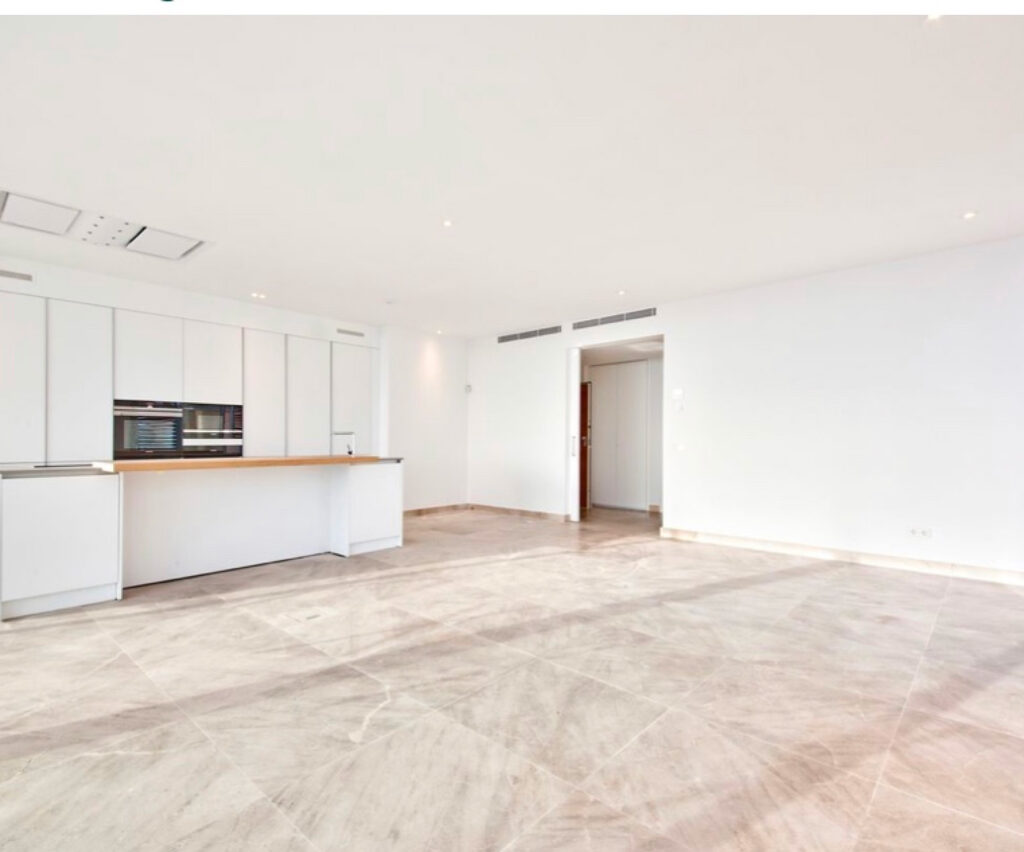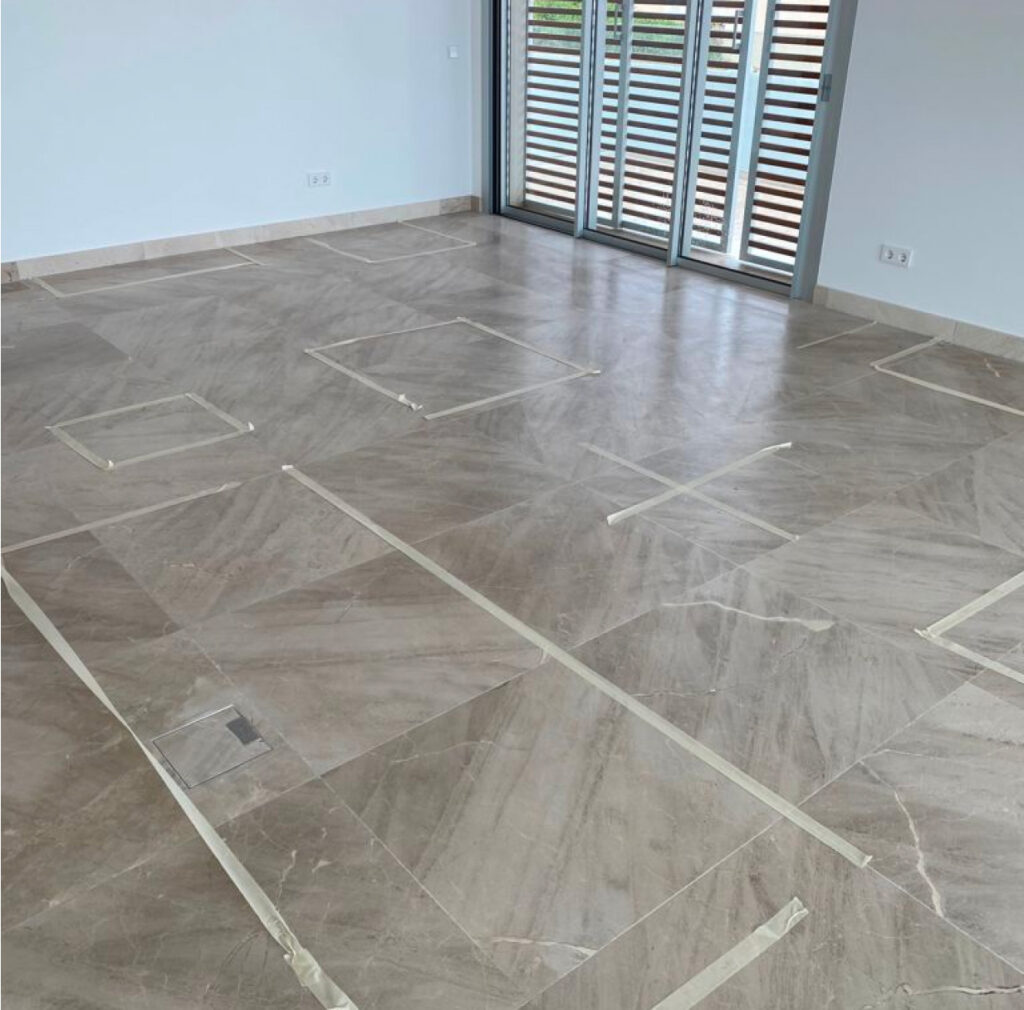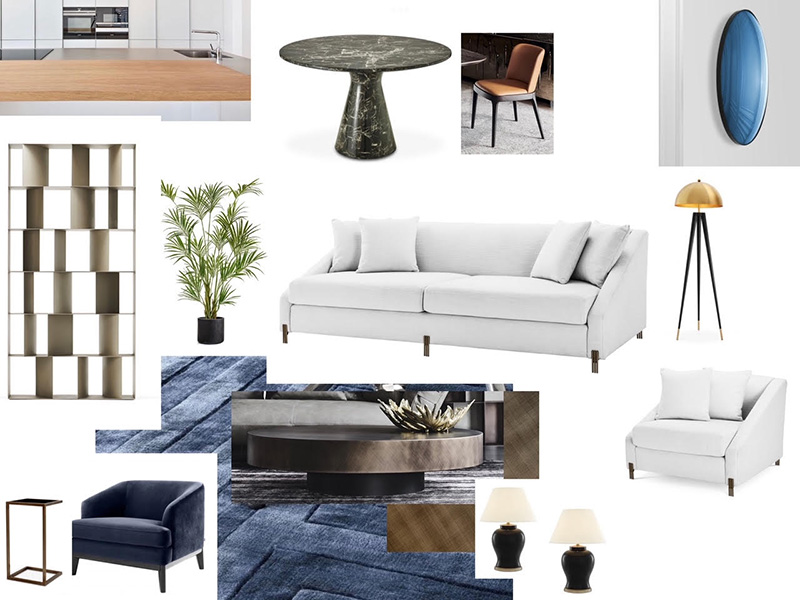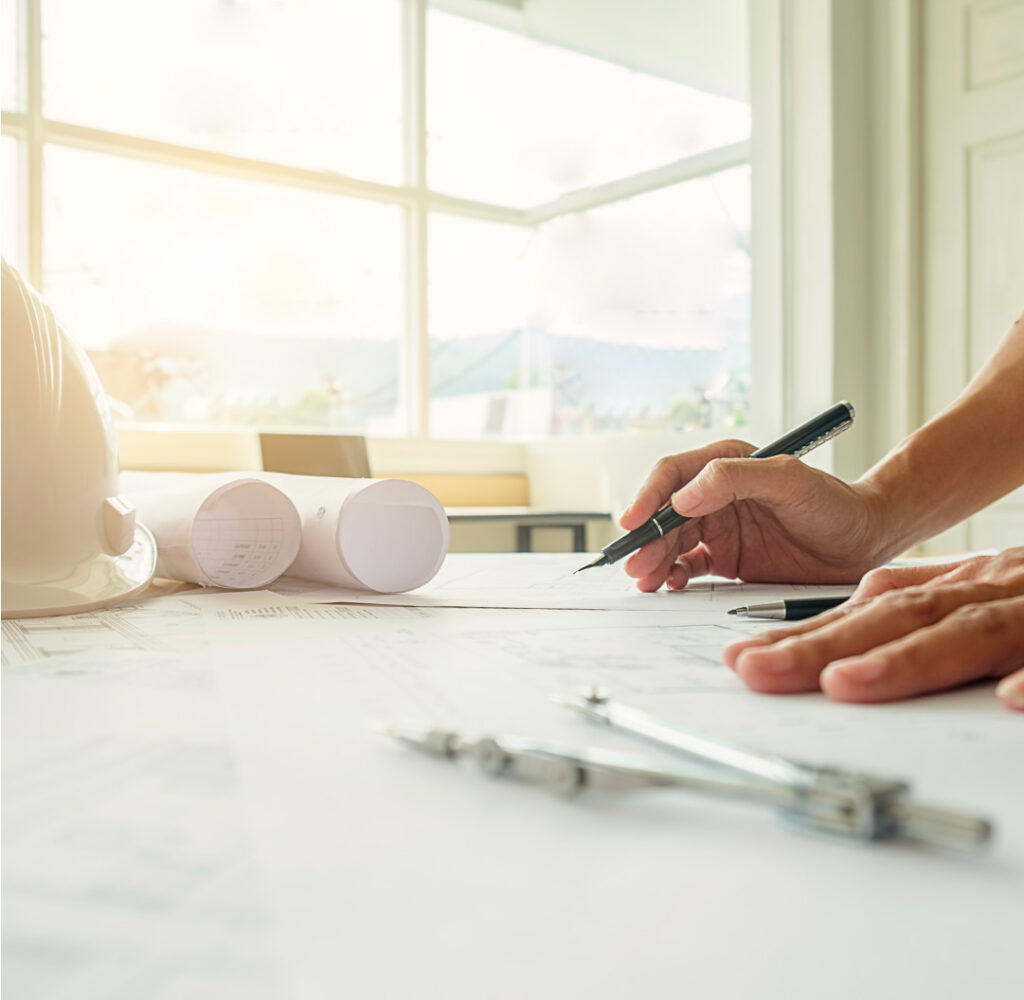How to create a beautiful interior without the help of a designer?
Part 1: step-by-step instructions.
Not everyone hires a professional interior design studio. There may be different reasons for this:
- some simply haven’t thought of the idea;
- others are convinced that avoiding the services of a professional will save money;
- third ones are confident that they can decorate the interior themselves.
Regardless of the reasons, the result of this approach is often the same – dissatisfaction with the result. In this article, we will share the algorithm for creating an interior. We hope that it will be useful.
The algorithm for creating an interior design by yourself is given below.

- Measure the room. Use a laser range meter, a smartphone, and a good old-fashioned measuring tape. Do not rely on the dimensions provided by the architect or developer. Double-check.
- Draw a plan of the room. Ideally, this should be done in a professional computer program. If you don’t have time to learn sophisticated software, use the ArcSite application for a tablet PC.
- Decide what you want to use the space for. Make a wish list. This is the basis for defining the functional purpose of the individual rooms and the functional zones into which they will be divided.
- Make a rough list of the furniture you want.
- Think of floor plans for your apartment or villa. Play around with the possible layout and geometry of the walls. Try different furniture configurations on a floor plan. This can be done in the ArcSite application. Use symmetrical and asymmetrical layouts. Choose the best option.
If you can’t use an application for a tablet or computer software, print out a floor plan on paper and overlay the furniture scale on it.
Alternatively, you can mark the furniture dimensions in the real apartment with painter’s tape on the floor. - Choose a style for the room. Special magazines will help you. For example, Elle Decor, Architectural Digest (AD), and Interior Design. Use the internet and social media (Pinterest, Instagram) for inspiration.


- Find out the furniture manufacturers you are interested in your neighbourhood. Study the websites and catalogues of the manufacturers and select specific furniture models.
Do the same for lighting, art, textiles, and carpets. - Assemble all the selected furnishings on the same plane. You can do this by drawing sketches of each room. Another way to visualize design is to make collages. Use paper, tablet, or personal computer to do that. This will help you assess whether the selected items are in harmony with each other.
- Professional studios use 2D renderings (a plan of each wall) and photo-quality 3D renderings. If you can’t do them yourself, focus on a furniture layout plan and collage/sketch.
- If your project involves renovations, make a list of them. We recommend contacting a construction company or a specialist in the field to determine a timetable and an estimate.
- In addition, if you are planning renovation work, you will need to know how to get approvals for such work. In Mallorca, for example, the following rules apply:
- noisy works in the apartment will require a permit;
- minor work without major disruption is subject to a simplified approval procedure;
- work involving changes to the geometry of a room or building requires a separate architectural design and a lengthy approval process.


- Find contractors to carry out the renovation work. It is also advisable to hire a specialist to supervise the scope, pace, and quality of the work.
It is best practice to provide the builders with detailed working documentation. This is a document that not only shows room plans and a rendering of the result, but also details dimensions, wall and ceiling sections, the layout of wiring, air conditioning, and ventilation. Creative Interior Design even includes in the working documentation how to lay natural stone, ceramic tiles, or parquet. - Analyze the list of furniture and furnishings. This is usually dozens of items. Find out where these items are sold, contact suppliers, and find out prices, manufacturing, and delivery terms.
Usually, at this stage, there is either a desire to reduce the cost of the purchase or to change the composition of the interior items on the list. Do not resist your desires
- After that, all that remains is to:
- obtain a building permit (if applicable);
- hire a construction company;
- order the building materials;
- supervise the timing, quality, and completeness of the work;
- order furniture and decoration items;
- accept delivery of furniture, textiles, lighting, and furnishings;
- if faulty items are found, replace or repair them;
- assemble all the furniture, hang the art, arrange the furnishings, and organize the room cleaning;
- buy champagne to celebrate the successful completion of the project!

Hopefully, this roadmap will help renovate your interior. However, following the algorithm will not help to avoid mistakes in developing the creative component of the project. So do not forget to read our tips on creating a beautiful design.
In case of difficulties, do not hesitate to seek advice from Creative Interior Design.
